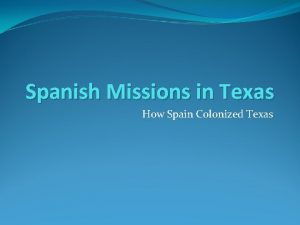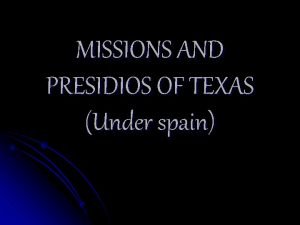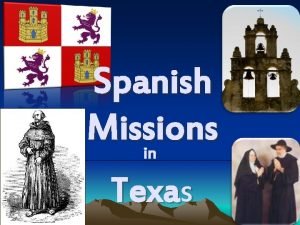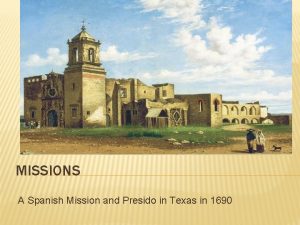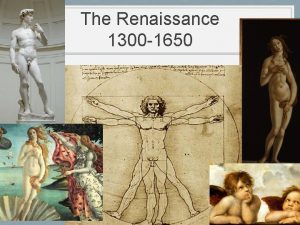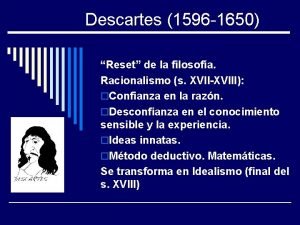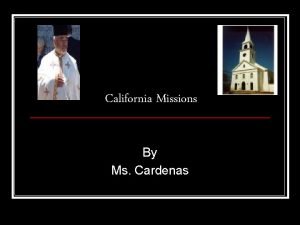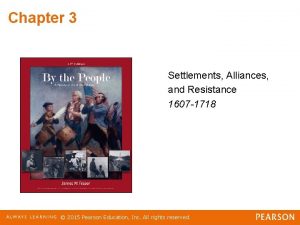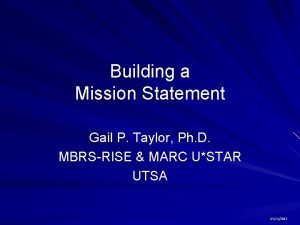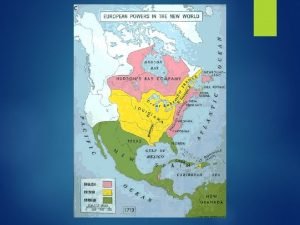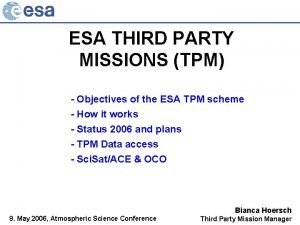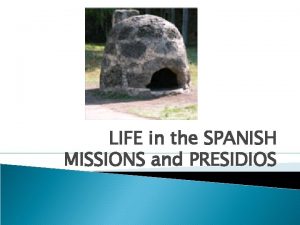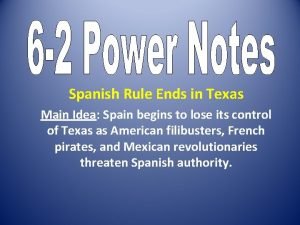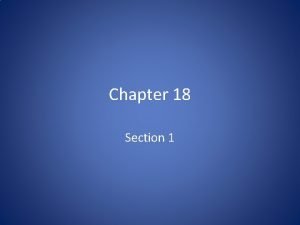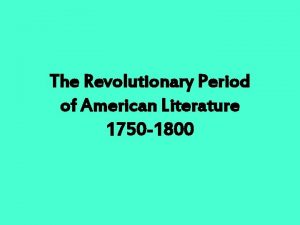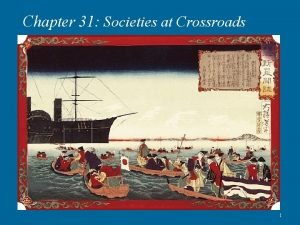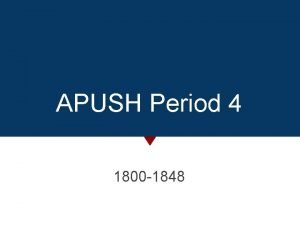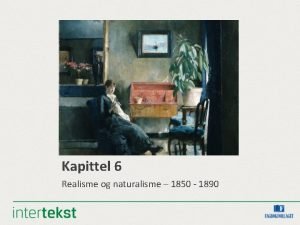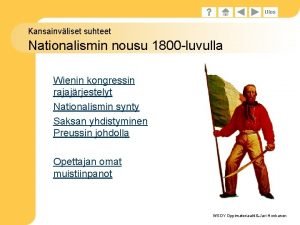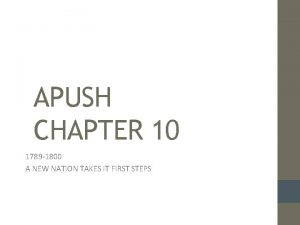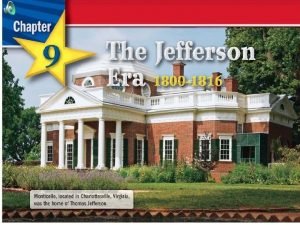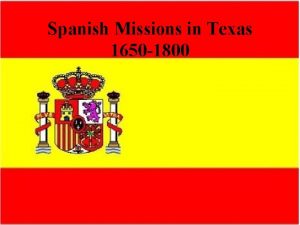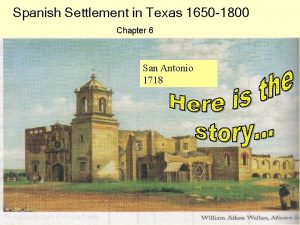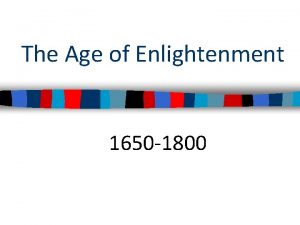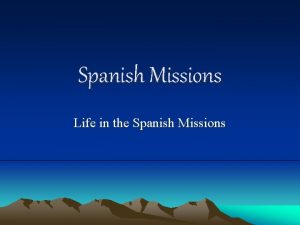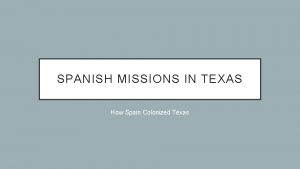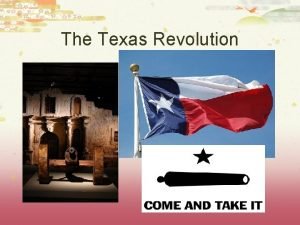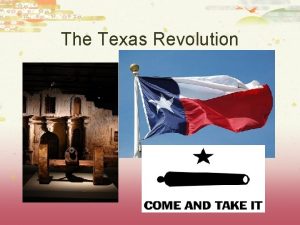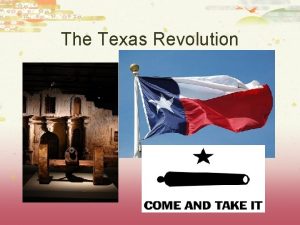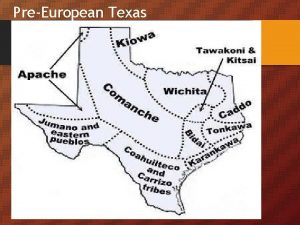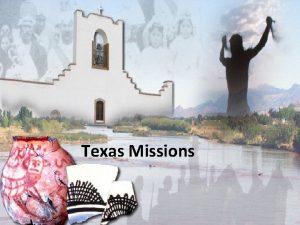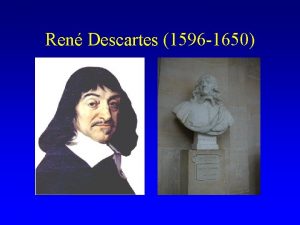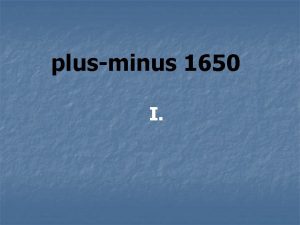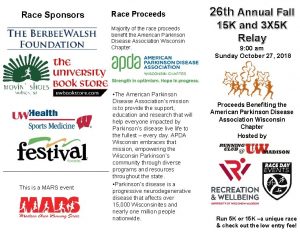Spanish Missions in Texas 1650 1800 Race to


















































- Slides: 50

Spanish Missions in Texas 1650 -1800

Race to Claim Texas • After La Salle established Fort Saint Louis in Texas for France, a tug of Spain war over the territory developed between France and Spain. Texas France La Salle

• In 1689 Spaniard Alonso de Leon finds the remains of Fort St. Louis. He continues on to East Texas looking for La Salle. • Alonso de Leon reported favorably on the land of East Texas and the Caddo Indians • Father Damian Massanet who was with de Leon requested help from Mexico City to convert the Caddo, or the Tejas as they called them, to Catholicism

Missions • The mission was Spain’s main tool for colonizing Texas. • Their purpose was to convert Native Texans to the Catholic faith, • In addition the mission workers attempted to convert the natives into Spanish subjects. • Missions in Texas were supported by the Catholic church, but they were designed to be self sufficient. • They also would help keep the French out of Texas Self Sufficient: Not requiring any outside help

• Most missions in Texas consisted of a square compound enclosed by four walls. They also had a main chapel which was at the center of life in the mission. • Early missions were small and made of wood. While later missions were large and built with stone. • The land around the mission was also used for animals and growing crops for food.

Spain’s First East Texas Mission • In 1690 de Leon and Massanet , a few other priest and 100 soldiers set off to build a mission in east Texas. • They build the Mission San Francisco de los Tejas near modern Nacogdoches Reconstruction of San Francisco de los Tejas

• A year later the mission was in trouble. Drought had caused the crops to fail. • Disease caused the Native Texans to become hostile & they refused to work in the missions • The Mission could not survive so in 1693 it was abandoned.

The Caddo didn’t like the missions because 1) Disease killed them 2) They were forced to abandon their way of life 3) The Caddo had to do all the work around the mission




The French Return • By 1700 the French return to Louisiana and developed trading relationship with Native Americans • In 1713 Spanish Priest Father Francisco Hidalgo asked French priests to provide churches to East Texas Natives • The French sent Louis de St. Denis to visit Father Hidalgo and find out if the Spanish were giving Tejas to the French.

• France and Spain were at war in Europe • The Spanish government had St. Denis arrested for entering Spanish territory. St. Denis talked his way out of jail, married the Spanish Governors stepdaughter, and convinced Louis Juchereau de St. Denis the Spanish to reopen Big Playa their East Texas mission. St. Denis helped them in establishing new missions.

Spain Reclaims East Texas • With St. Denis’s help, in 1716 San Francisco de los Tejas was reopened • A mid-point for supply caravans was needed. • In modern day San Antonio the Mission San Antonio de Valero and the Mission San Antonio de Bexar was built. • Valero would become the Alamo Caravan: Supply wagons

w Mission San Antonio de Valero

The Chicken War • East Texas missions were unsuccessful because of the same reasons as before. • The Indians didn’t want to live in them. • In 1719 French Lt. Philippe Blondel “invaded” Texas with 6 soldiers. They captured a mission near Nacogdoches.

• Blondel and his men looted the mission and Blondel took and tied a few chickens to his saddle. • The chickens made his horse buck (jump) and Blondel fell from his horse. The Spanish missionaries escaped when this happened. Loot: Steal valuables

• The Incident referred to as “The Chicken War” • The escaped Spanish exaggerated the news claiming that a huge French army was invading • The Spanish panicked and retreated back to San Antonio abandoning East Texas • The Spanish realized how weak they were in Texas

Spain reacts to the “Chicken War” • After the Chicken War the Spanish army reestablishes Spanish authority in East Texas in 1721 • It builds the Presidio (Fort) San Jose in San Antonio and greatly increases the amount of troops in Texas

Mission San Jose


Presidios • The main purpose of a presidio was to protect missions attacks, as presidios were military bases. • Soldiers in the Presidio often lived a hard life. They were paid poorly and often had to take jobs in the community. Painting of the Presidio La Bahia • After their ten year enlistment, many soldiers obtained land in Texas and settled down with Enlistment: Time you sign up for in the army their family.

Spanish Strongholds in East Texas are Established • By 1721 abandoned missions were reopened and guarded by hundreds of soldiers. • Presidio Los Adaes became the capital of newly created province of Texas (Natchitoches LA. ) NAK-ə-təsh • Texas was now secured by Spain

Los Adaes



• Spain needed new settlers for Texas to grow and survive • In 1731 Spain sent 55 people from the Canary Islands to settle San Antonio Colonists Arrive

France No Longer a Threat • Over the next 20 years relations with France became more peaceful • Spanish focus on missionary work • French focus on trade

• To reduce costs Spain reduced troops in East Texas • Without military protection from Indians, the East Texas missions could not survive • Many moved closer to San Antonio

San Saba Massacre • In 1757 the Mission Saba was built but it was unsuccessful in converting the Lipan Apaches • In 1758 Comanche attacked San Saba, killing the priests and soldiers

San Saba Massacre

Spain Seeks Revenge • The Spanish sent Col. Ortiz Parilla and 500 soldiers to lead an attack on the Comanche near the Red River. • Despite their advanced weapons, the Spanish were defeated The Spanish lost because they fought on foot while the Comanche fought on horseback

• • The King makes changes Meanwhile between 1754 -1763 France and England fought a war over their North American territory! France lost! After the war, Spain acquired all of Louisiana west of the Mississippi River. Spain now controlled Louisiana and Texas In 1767 the King of Spain Carlos III, sent the Marques de Rubi to inspect Texas. Marques de Rubi

Spanish Territory English Territory

• The Rubi Report Found: A) French were no longer a threat B) The capital should be moved from Los Adaes to San Antonio (East to Central Texas) C) Spain should form an alliance with Comanche against the Apache

Founding of Nacogdoches • In 1779, Antonio Gil Y'Barbo (e-barvo) founded Nacogdoches with the settlement of 350 people at the location of the abandoned East Texas missions.

LIFE IN SPANISH TEXAS The Alamo (1718) Espada (1731) The Five Missions of San Antonio Concepcion (1731) San Jose (1720) San Juan (1731)

Spanish Settlement in Texas Life in the Spanish Missions

Daily Life in the Mission 1. Morning Prayers 2. Instruction in the Catholic faith 3. Breakfast 4. Work all day in the fields, kitchen, or in the workshops The Native Texans that became part of the mission were often punished by the priest if they did not follow rules. One of the few tribes that did convert was the Coahuiltecans in South Texas

Spanish Texans • The Franciscan order of the Catholic Church ran the Missions. • The Indians who were converted became Hispanics or “turned Spanish” The front of Mission Concepción near San Antonio

The San Antonio Missions

• By 1800, only about 3, 500 colonists were living in Texas. Most lived in San Antonio and Nacogdoches. • The Spanish also developed towns near Presidio La Bahia (Near Victoria) and Laredo. • These towns used whatever they could find to create buildings and they often dug acequias (A ditch dug for irrigation) to bring water to the towns. Acequia (ah-SAY-key-uh) The best preserved of the San Antonio acequias is the one near Mission Espada The Espada Dam was constructed in 1745

Spanish Government = • The alcalde was the name for the Spanish official that acted as a mayor, sheriff and judge for the town. • The ayuntamiento was the name for the town counsel.

• People in towns usually were made up of former presidio soldiers and native Texans that had adapted to Spanish life. They were usually uneducated, as only priest and government officials were literate (could read). • Women in the towns were important as they helped with farm and ranch duties as well as preparing food, making clothes, and teaching morals and values to children. • Married women in Texas were able to keep property they owned before they were married and owned property separate from their husbands.

• Pobladores (towns people) celebrated with horse racing, dances, singing, and telling folk tales. • Life in a town could be very hard. There was always the threat of attack. • In addition, without running water, sewage was a problem, and therefore disease was always a threat. Muddy streets and standing water helped mosquitoes thrive.

Haciendas • Some settlers started Haciendas, which is a ranch in Spanish territory • Ranching took hold in Texas because it was easier than farming. it took only a few workers to man a ranch. Ruins of a Spanish Colonial Hacienda in Zapata county

• Spain began to encourage the cattle industry by given land grants to cattle ranchers. The Spanish Vaqueros were the original cowboys. • The vaqueros (cowboys) developed many techniques still used today to control livestock.

End of the Missions and Preservation By the early 1800’s the Franciscans secularized (turned over control) the missions to the Hispanic townspeople of Texas. The Missions fell into disrepair. In the early 1900’s, Adina de Zavala led an effort to save them. They became part of the National Park system in 1975 Adina de Zavala

The Alamo as a U. S. Army depot in 1867

The Fight to Preserve the Missions
 Why did the spanish establish missions in texas
Why did the spanish establish missions in texas Corpus christi de la isleta
Corpus christi de la isleta Why did the spanish build missions in texas?
Why did the spanish build missions in texas? Spanish missions in texas
Spanish missions in texas Spanish missions in georgia
Spanish missions in georgia Renaissance timeline 1300 to 1650
Renaissance timeline 1300 to 1650 1650-1300
1650-1300 Reglas de descartes
Reglas de descartes Data race vs race condition
Data race vs race condition Velocity triangle of pelton turbine
Velocity triangle of pelton turbine Forebay design
Forebay design California missions map
California missions map California missions map
California missions map Franklincovey com msb missions personal
Franklincovey com msb missions personal Missions and presidios
Missions and presidios Theology of missions
Theology of missions What are missions
What are missions Aims missions
Aims missions Esa and jj
Esa and jj What were missions presidios and haciendas
What were missions presidios and haciendas Free methodist world missions
Free methodist world missions How can kinetic energy help a rescue team
How can kinetic energy help a rescue team Critical missions swat
Critical missions swat Mobile baptist association
Mobile baptist association Day missions library
Day missions library Jack sparrow adidas
Jack sparrow adidas Texas tech spanish placement exam
Texas tech spanish placement exam How did the spanish influence ranching in texas
How did the spanish influence ranching in texas Spanish final exam review packet answer key
Spanish final exam review packet answer key Restoration period dates
Restoration period dates Volta 1800
Volta 1800 1800 luvun aatteet
1800 luvun aatteet 150000/1800
150000/1800 American literature 1750 to 1800
American literature 1750 to 1800 A peaceful revolution apush
A peaceful revolution apush 6300/1800
6300/1800 Map of ottoman empire 1800
Map of ottoman empire 1800 1800 apush significance
1800 apush significance Realistisk tradisjon
Realistisk tradisjon Electronic age lcd projector
Electronic age lcd projector Hur många utvandrade från sverige under 1800-talet
Hur många utvandrade från sverige under 1800-talet 3100+1800
3100+1800 Encounters and foundations to 1800 comprehension answers
Encounters and foundations to 1800 comprehension answers 1800 rotation
1800 rotation Nationalismi 1800-luvulla
Nationalismi 1800-luvulla British empire 1800
British empire 1800 Stonehenge tlocrt
Stonehenge tlocrt Característica del romanticismo
Característica del romanticismo Osiris rises 1800
Osiris rises 1800 1789 apush
1789 apush The election of 1800 showed that
The election of 1800 showed that
